ORIGIN & HISTORY
ORIGIN OF MEN’S LACROSSE
What began as stickball, a native American Indian contest played by tribal warriors for training, recreation and religious reasons, has developed over the years into the interscholastic, professional and international sport of lacrosse
Lacrosse was started by the Native American Indians and was originally known as stickball. The game was initially played in the St. Lawrence Valley area by the Algonquian tribe and they were followed by other tribes in the eastern half of North America, and around the western Great Lakes.

The Native American games were seen as major events, which took place over several days.They were played over huge open areas between villages and the goals, which might be trees or other natural features, were anything from 500 yards to several miles apart. Any number of players were involved. Some estimates have mentioned between 100 and 100,000 players participating in a game at any one time. The rules were very simple, the ball was not to be touched by a player’s hand and there were no boundaries. The ball was tossed into the air to indicate the start of the game and players raced to be the first to catch it.

(courtesy Smithsonian)
The original wooden balls were later replaced by deerskin balls filled with fur and the sticks developed over time to become more sophisticated implements, the netting made from deer sinews. In preparation for a game players used paint and charcoal to decorate their faces and bodies.
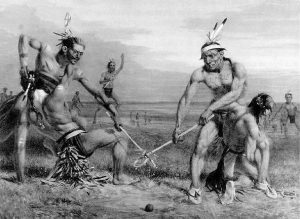
(by Charles Deas, 1843)
Games of lacrosse were played for a number of reasons. It was considered a sport that toughened up young warriors for war but it was also a game played for recreation and for religious reasons. It was not unusual for bets to be placed on the outcome of games.
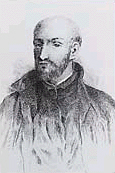
French Jesuit missionaries working in the St. Lawrence Valley in the 1630s were the first Europeans to see lacrosse being played by the Native American Indians. One of them, Jean de Brébeuf, wrote about the game being played by the Huron Indians in 1636 and it was he who the named the game “lacrosse”.
A demonstration of lacrosse was given by the Caughnawaga Indians in Montreal in 1834.
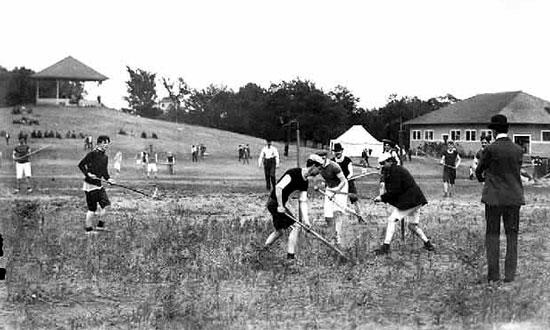
As a result, interest in the game of lacrosse began to develop in Canada. A Canadian dentist, Dr William George Beers, was responsible for founding the Montreal Lacrosse Club in 1856 and a decade later he drew up rules which included reducing the number of players, introducing a rubber ball and a redesigned stick.
By 1860 lacrosse had become Canada’s national game and in 1867 exhibition games were played in England. In 1876 Queen Victoria watched a game being played and remarked that “The game is very pretty to watch.”
In 1883 a touring team from Canada and and a team made up of Iroquois natives visited Scotland.
During this tour promotional literature was distributed to the spectators pointing out the benefits of emigration to Canada.
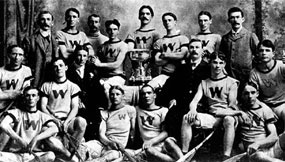
gold medal-winning lacrosse team
By the turn of the century lacrosse was becoming more popular in several countries and in 1904 and 1908 lacrosse was played in the Summer Olympics.
Origin of Women’s Lacrosse
THE FIRST-EVER RECORDED WOMEN’S LACROSSE CONTEST WAS PLAYED IN SCOTLAND
— BY JANE CLAYDON
St. Leonards School, in St Andrews, Scotland claims to be the first girls’ school to have played lacrosse in 1890.

(courtesy St. Leonards Historical Archives)
The first Headmistress, Miss Lumsden, watched a game played in Canada, in 1884, between the Canghuwaya Indians and the Montreal Club, in Montreal and thought it “beautiful and graceful.” As a result the game was introduced at the school.
A girl, writing in student magazine, reported details of the very first lacrosse match at St. Leonards on March 27th 1890: “After our crosses having undergone a severe inspection i.e. our referee holding them up one by one and squinting with one eye to see if that which ought to be plane surface was not a curved one. Our referee said it was time to begin, but, owing to the absence of the ball it was rather difficult for the order to be carried out. However, the ball was duly found & after ‘123 Play’ had been called, a vigorous game began.”
An official account of this first game indicated: “Whether the game on the whole has proved successful may be doubted, but at least we advanced so far in its mysteries as to get a good and exciting game in the matches. They were played in the field with teams of eight, and they lasted one hour, not including a ten minutes’ interval in the middle, after which goals were changed.”
The number of players increased to ten in 1895 and by 1913 there were twelve players, known by the positions in use today. The players used long sticks with short handles.
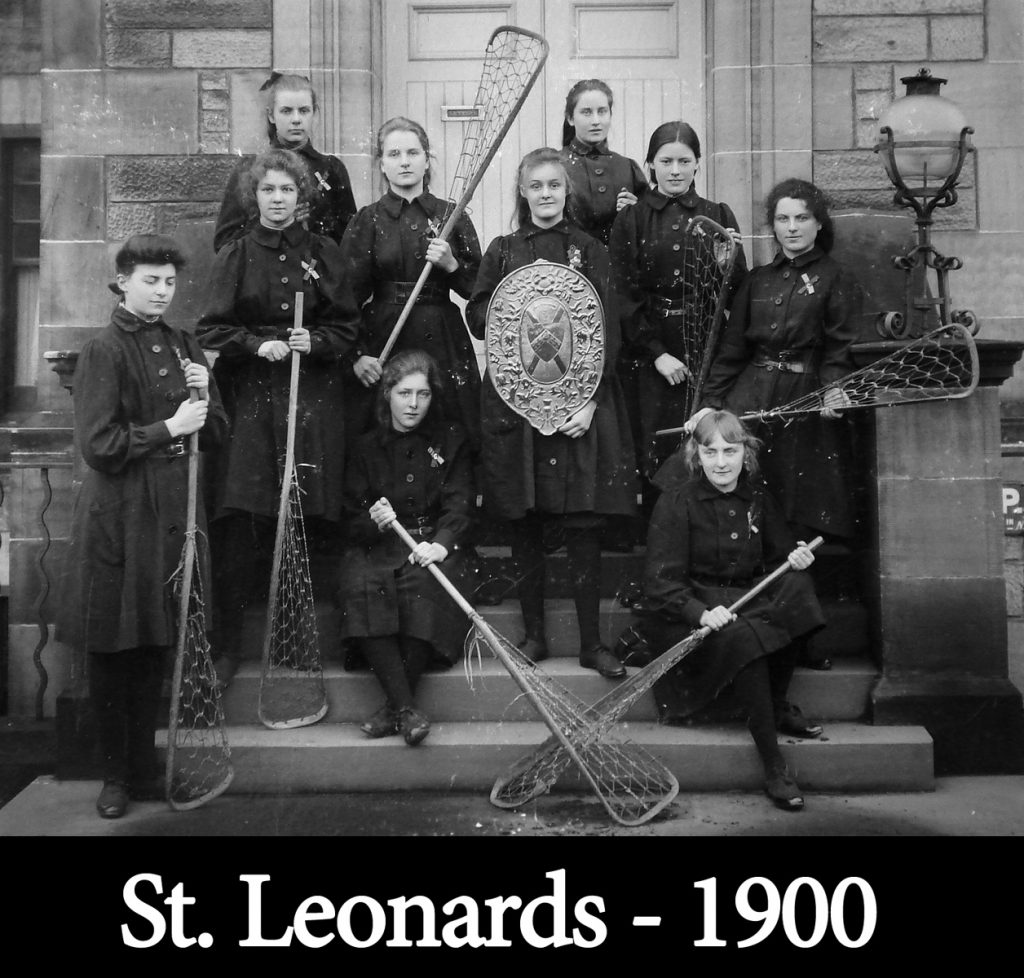
Seniors (alumni) of St Leonards introduced lacrosse to schools in the south of England, specifically Wycombe Abbey School in 1896 and Roedean School in 1902.
Bedford Physical Training College and Madame Bergman Österberg’s College of Physical Education in England added lacrosse to their programs in 1903/04 with the help of some of their students who had played at school. Trained teachers then introduced the game into their schools.
Initially lacrosse was a school based game and clubs followed later. The first club to be founded was the Southern Ladies Club in England in 1905.
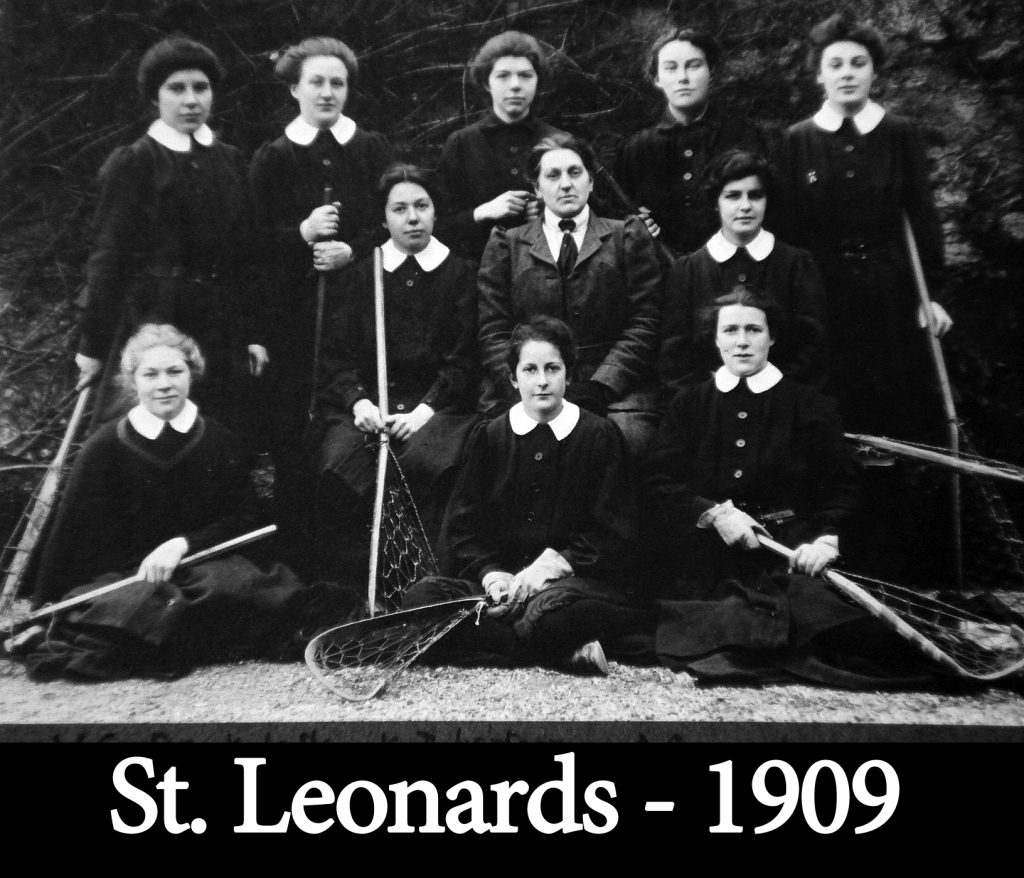
The Ladies Lacrosse Association was founded in England in 1912 and international matches began in the following year. The “Standard” newspaper, dated April 18th 1913, stated that “in the very first international lacrosse match, held at Richmond, Scotland beat Wales 11 goals to 2.
The Scottish Ladies Lacrosse Association was founded in 1920 and at that stage international matches with England were placed on an official footing. Wales and then Ireland founded their organisations in 1930.

Rosabelle Sinclair, an alumnus of St Leonards and a former Scottish lacrosse player, was instrumental in establishing the game of lacrosse for women in the United States.

Despite earlier attempts by other enthusiasts, it was not until Rosabelle started a girls’ high school team in 1926, at Bryn Mawr School, in Baltimore, that lacrosse became popular in other nearby schools. The United States formed their organisation, the USWLA, in 1931.
Lacrosse was played by women in Victoria, Australia, in 1936 but it was not until 1962 that they founded their national organisation, the Australian Women’s Lacrosse Council. Canada selected an international team in 1982 to take part in the first World Lacrosse Tournament which took place in Nottingham, England.
